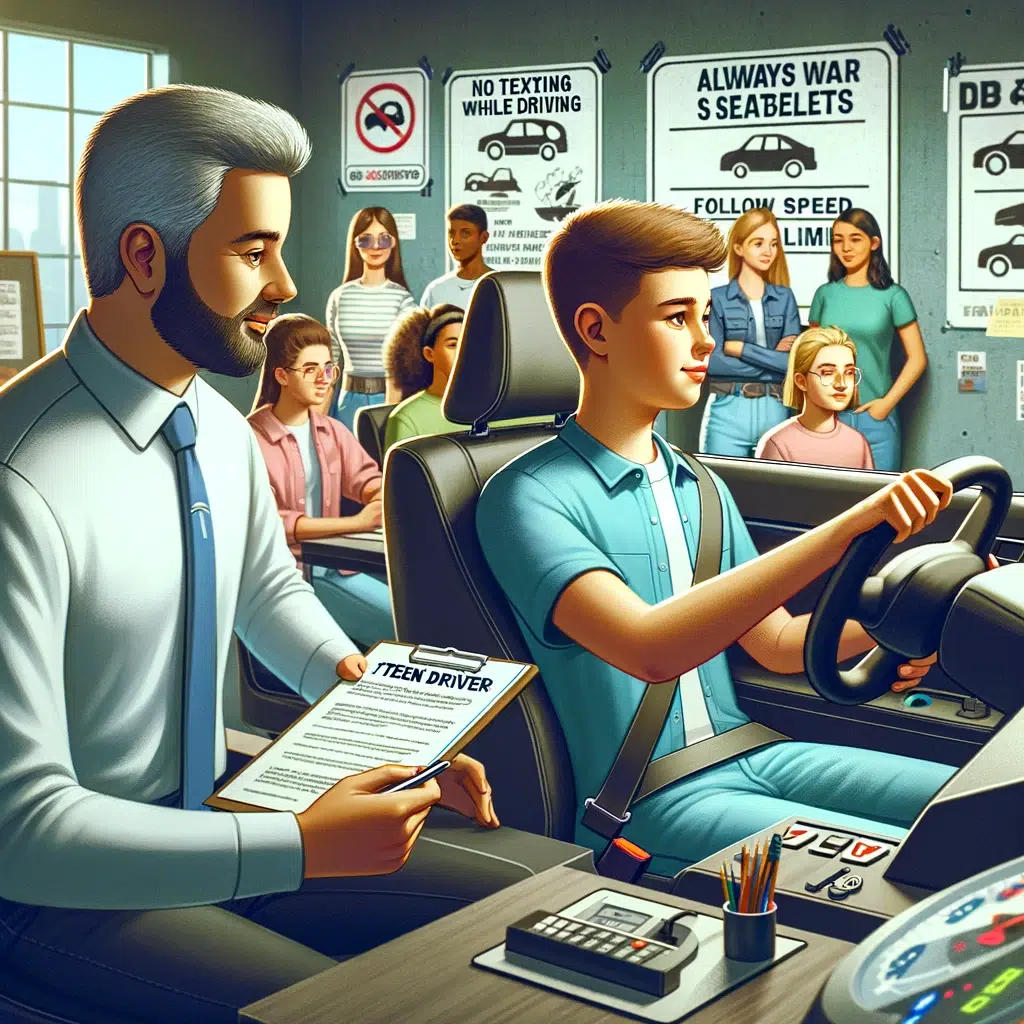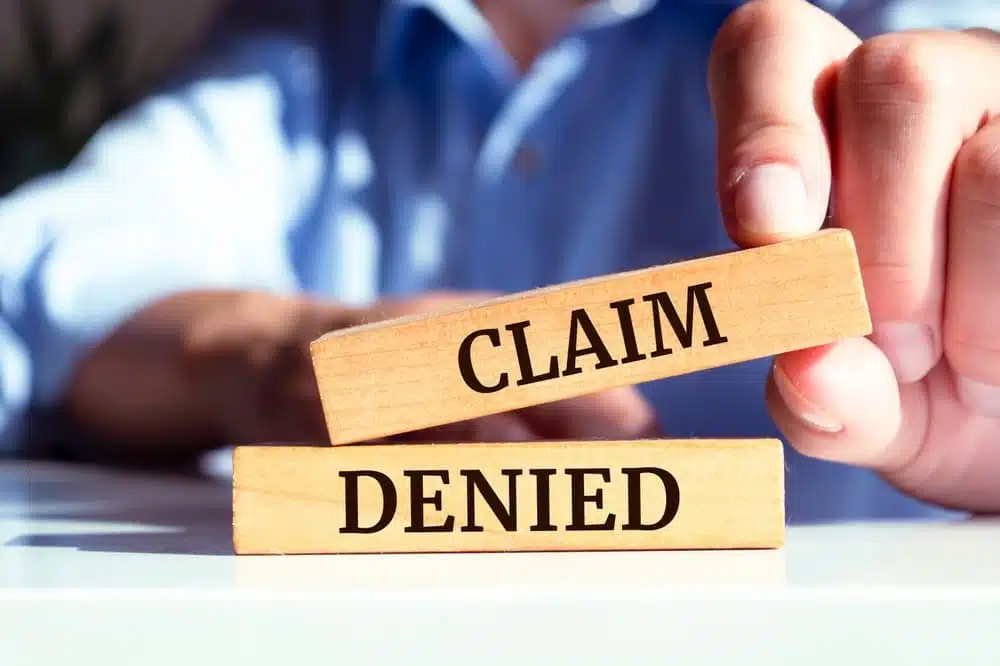
Teen Drivers
Millions of Americans across the country use the roads and highways every single day. The reality though is that many of those drivers are new to driving. Teenage drivers get on our roads every day and even though they have managed to do what is necessary to obtain a driver license, the sad reality is that car crashes are the leading cause of death for American teen drivers. About 2,800 teens ages 13-19 lost their lives in 2020–this amounts to about 8 teens a day. In 2021, 3,058 teenagers died from crash injuries.
The numbers are just too high. The goal of this post is to provide much needed education and guidance on how to keep your teen safe while they are on the roads. As young drivers who still have much inexperience being on the roads, they could greatly benefit from solid safe driving tips.
Are Teen Drivers At Higher Risk?
The Centers for Disease Control and Prevention (CDC) make it clear that the “risk of motor vehicle crashes is higher among teens aged 16-19 than among any other age group.” Teen drivers have a fatal crash rate that is almost three times as high as drivers 20 and older per mile per hour driven.
Those teen drivers who are accompanied by other teenagers or passengers are also at heightened risk–each additional passenger helps to bring that risk up. And those teen drivers who have just received their license, are also at very high risk.
Although there are a number of complex reasons for this, inexperience behind the wheel seems to be one of the driving factors behind these risks for new drivers in their teens. Their driving skills simply are not as honed or as refined as their older, more experienced counterparts. As a result they develop driving habits that make them more susceptible to injury and crashes. The fact is according to the The National Highway Traffic Safety Administration (NHTSA) “[t]een drivers have a higher rate of fatal crashes, mainly because of their immaturity, lack of skills, and lack of experience. They speed, they make mistakes, and they get distracted easily–especially if their friends are in the car.”
Unique Habits of New Drivers
There are a number of factors and considerations that put teenager drivers especially at risk that lead to unsafe driving. Some have already been discussed (like their inexperience) but here are some more specific examples of poor driving habits of new teen drivers:
- Nighttime driving: Sources tell us that the fatal crash rate at night among teen drivers is about 3 times as high as that of adult drivers per mile driven. Night driving is more dangerous for any driver, regardless of age or experience, so teen drivers should think seriously if driving at night is really necessary.
- Not using seatbelts: “Among teen drivers and passengers 16–19 years of age who were killed in car crashes in 2020, 56% were not wearing a seat belt at the time of the crash.”
- Distracted Driving: “In 2019, among U.S. high school students who drove, 39% texted or e-mailed while driving at least once during the prior 30 days.” Things like social media and the wide availability of cell phones has only worsened the prevalence of distracted driving on the roads.
- Speeding: “Teens are more likely than older drivers to speed and to allow shorter distances from the front of one vehicle to the front of the next. These risky driving behaviors appear to be worse when a male teenage passenger is present.” Teens must be more vigilant about monitoring the speed limit and abiding by it.
- Drinking Alcohol: “Drinking any amount of alcohol before driving increases crash risk among teen drivers. Teen drivers have a much higher risk of being involved in a crash than older drivers at the same blood alcohol concentration (BAC), even at BAC levels below the legal limit for adults.”
How Can We Keep Teen Drivers Safe And Encourage Safe Driving?
With teen driver safety in need of attention, parents and educators alike can take steps to keep their children safe on the roads.
One piece of advice for parents is to serve as a good example of safe driving behaviors for your children as they grow up. Do you take phone calls while you drive? If so, your children may be more inclined to think such behavior is acceptable while driving. Do you obey the rules of the road or do you flaunt the norms that govern our conduct on the roads? Your children will certainly take note of this and likely incorporate it into their own driving habits.
Driver education begins when your children are very young, not when they get their learner’s permit, a driver license, or when they take a driver safety course. As a parent, you can keep your children safe by modeling what good driving looks like. So we encourage all parents to take note of their own driving habits and ask themselves seriously, if what we are modeling is proper driver education for your little ones. This is especially true for when we have teen passengers as they are consciously taking note of how we drive and handle ourselves on the roads. The need for good role models is crucial.
Many states have instituted graduated driver licensing (GDL) as part of their licensing laws. In order to ensure that teens are actually ready to drive unsupervised on the roads, states have seen fit to create a system where new drivers must progress through stages in order to drive independently. The three stages of a GDL system are: (1) learner’s permit; (2) intermediate license; and (3) full licensure. GDL exists in every state in America. But the specifics of each program can vary from state to state. To familiarize yourself with your states’ laws consult this website.
GDL has proven to be immensely helpful. One of the main reasons for that is that teenagers get more practice driving under an adult’s supervision before they take the car alone. The more time they spend learning solid habits from a responsible adult, the more likely they are to internalize those safe driving habits themselves.
Be sure to find a vehicle for your teenage driver that has great safety features. One wonderful resource for doing more research on good options for your teen is here.
There are many helpful resources out there for parents and teens to to consult in order to learn more about teen driver safety:
- (CDC): https://www.cdc.gov/transportationsafety/teen_drivers/teendrivershtml
- (NHTSA): https://www.nhtsa.gov/road-safety/teen-driving
- Insurance Institute for Highway Safety, Highway Loss Data Institute: https://www.iihs.org/topics/teenagers
What To Do If Your Teenage Driver Was In A Car Crash
In the unfortunate event that your child was involved in a car accident, you may be in need of an experienced lawyer who can help represent your interests. The personal injury lawyers at the Rothenberg Law Firm LLP have decades of experience representing victims of car accidents. If you or a loved one was in a car accident, contact our office to discuss. There is absolutely no fee to contact our office. Your initial consultation with a car accident lawyer is always FREE and we never take money unless and until we are successful in getting money for you.



